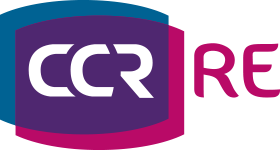Reinsurance tutorials #21
What is a captive insurance?
To mutualize its risks, to have an adapted coverage to its particular business risk, to reduce its insurance premiums or even to save taxes, a company may decide to create a captive insurance. According to the Solvency 2 Directive, a captive is an insurance or reinsurance company owned by a parent company in order to provide insurance cover exclusively for the business risk of the members of the group of which it is a member.
In doing so, the companies of the group benefit from self-insurance at the corporate level. Most of the captives are members of a commercial, industrial or services company. For example: EDF, Dassault, L’Oréal or Veolia. There are about 6 -,000 to 7,000 captives in the world, representing 100 billion USD of premiums and 480 billion USD of capital management. In fact, all major international groups have a captive.
A captive is a company. This means it has its own governance and teams. But, most of the tasks are outsourced. The captive must respect the same regulations as an insurance or reinsurance company, such as Solvency 2. For tax reasons, most captives have their headquarters in Luxembourg, Ireland or Malta. In France, due to regulations, there are not that many captives: less than 200.
The captive plays a strategic role in the risk management of the group. It contributes to monitor insurance costs, to have adapted policies, to benefit from a low claims frequency or costs, to have access to the reinsurance market.
A company with a captive must also purchase insurance coverage for more traditional risks such as natural disasters in order to benefit from a wider risk mutualization.
📺 More episodes to come... Subscribe now to receive them in advance before their public release! 📥

